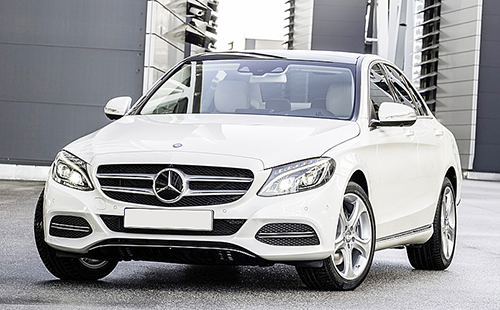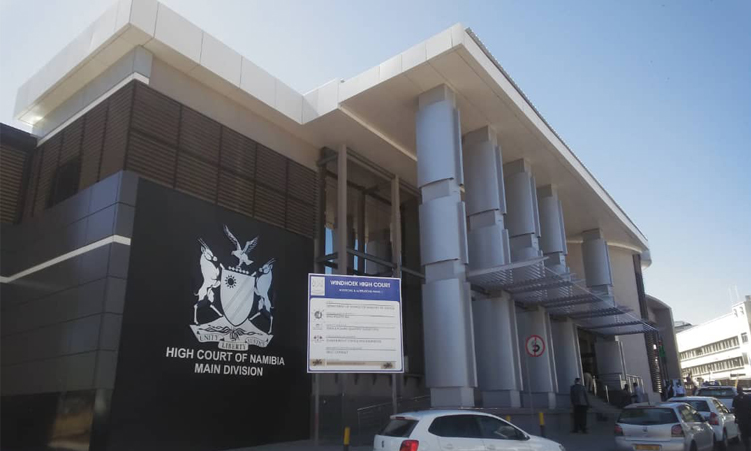With the ‘new’ C-Class Mercedes Benz being around for a while, it seems the luxury sedan has been quite the hit amongst Namibians. We take the C-Class for a spin to see if it has lasting appeal.
The design is a strange departure from the refined, yet unexciting, exterior of the previous generation, but in typical Mercedes Benz fashion, it’s bound to age well.
The front end is bulbous and curved, giving the impression of a smaller city car, but it quickly grows on you. The headlights are fitted with DRL’s while the rear cluster is comprised of LEDs. The new C-Class is based on Modular Rear-Drive Architecture and allows the car to be about 100kg lighter than its predecessor, model for model, with an underbody constructed of almost 50% aluminium, a lightweight material that’s still rare in compact executive saloons. The car is 95mm longer and 40mm wider, new for old.
Material quality and standard of finish is breathtakingly good. Among the highlights are shining, stippled metallic air vents and air-con controls, which are the first thing that your gaze alights on; they set a standard that the rest of the cabin effortlessly continues. The below-the-line mouldings are every bit as solid and smooth as the more visible plastics.
The minor switches for releasing the boot lid and disabling the rear windows are as classy as the door lock and headlight consoles. Mercedes simply look to have over-spent its rivals on absolutely everything – and has outperformed the standard set by many full-size limousines in the process.
Standard kit is comprehensive and includes a DAB radio, Bluetooth connectivity, a seven-inch multimedia display, two USB ports, cruise control, tyre pressure monitoring, dual-zone climate and a stop-start system. On technology and configuration, the cabin is conventional, familiar and deeply reassuring; there are no LCD instruments or consolidated touchscreen sub-systems here, although an optional head-up display is available.
The driving position is sound, the seats excellent and the instruments supremely readable. Storage space is discreetly and securely provided in lidded compartments. The only jarring, superfluous feature is the touch-sensitive pad housed atop the familiar rotary controller for the multimedia set-up, which is about as intuitive as it is effective and necessary.
Engines and transmissions are updated and refined, but mostly carried over from the outgoing C-Class. Motor options include an 115kw C180, 135kw C200, 125kw C220 Bluetec and a 155kw C250 motor. New-generation motors are also on the horizon for next year, so it’s likely there will be something to suit most buyers. The six-speed manual gearboxes fitted to entry-level models are new, and the seven-speed 7G-Tronic Plus auto (which more than 80% of C-Class buyers choose) is kept on.
The C-Class handling is relaxed and is a stable cornerer. The stability control system is fairly deftly tuned, allowing very little slip, and it can be switched off, but this is no great driver’s car and presumably makes little claim to be. After a little slip, an ‘off’ stability control steps in with heavy hands. The rear-drive architecture offers quite a natural balance, but a BMW 3 Series is more rewarding, consistent and engaging for people like us. The brakes resist fade well, mind.
The new C-Class still has huge shoes to fill. Sort the iffy hard driving handling dynamics and the new C-Class dances toe to toe with the 3 Series, but sadly the 3 Series holds the edge in drivability.
If you’re looking for a mid-sized sedan, over-engineered to the point of being obsessive, the C-Class plays all the right cards. The motors are superbly smooth and makes for a great cruiser and even better city car, if a little expensive.
Stay informed with The Namibian – your source for credible journalism. Get in-depth reporting and opinions for
only N$85 a month. Invest in journalism, invest in democracy –
Subscribe Now!










